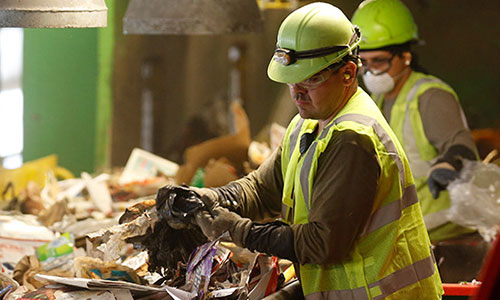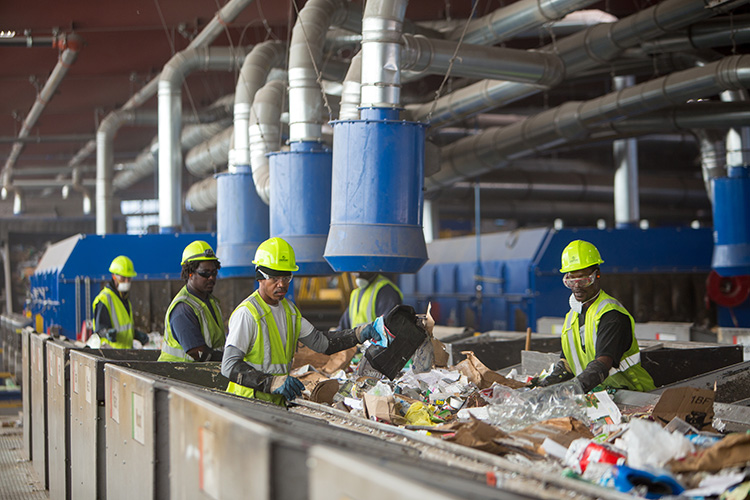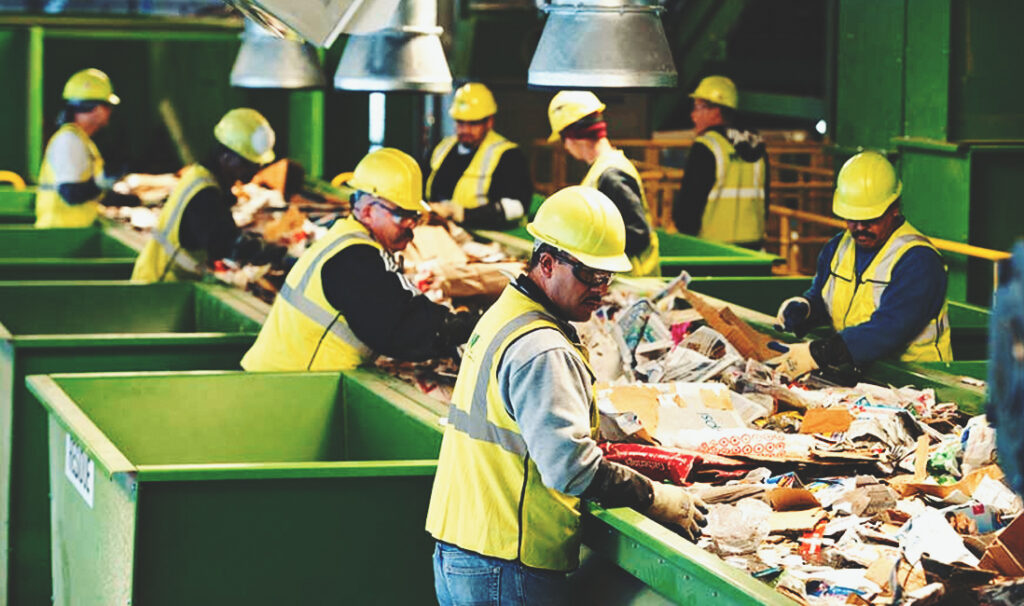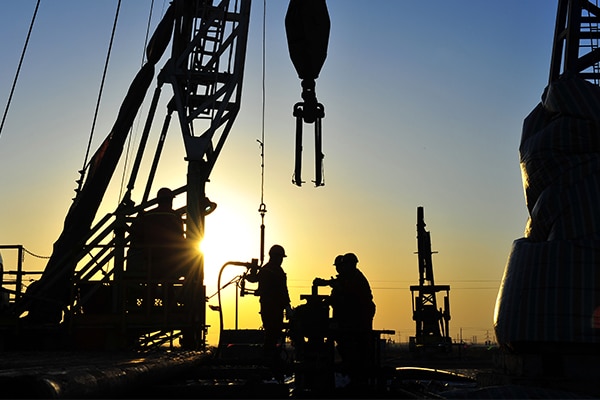
Introduction
Waste-to-Energy (WtE) facilities have emerged as a crucial solution in the evolution of waste management practices. These facilities not only help in efficient waste disposal but also play a significant role in job creation. This article explores the importance and relevance of job creation through WtE facilities, highlighting the economic, social, and environmental benefits they bring.
Historical Background
The history of waste management practices dates back centuries, with various methods adopted to address the growing waste problem. However, it was during the industrial revolution that the need for innovative solutions became evident. This led to the emergence of WtE facilities as a sustainable and effective means of waste disposal.
Key Concepts and Definitions
Waste-to-Energy (WtE) facilities are infrastructure systems that convert waste into usable energy, such as electricity or heat. These facilities employ advanced technologies to extract energy from waste materials, reducing the volume of waste that ends up in landfills. Job creation in the context of WtE refers to the employment opportunities generated throughout the different phases of WtE facility implementation and operation.

Main Discussion Points
Economic Benefits of WtE Facilities
WtE facilities offer numerous economic benefits, primarily through job creation. During the construction and operation phases, these facilities require a diverse workforce, offering employment opportunities in various fields. Additionally, WtE facilities create jobs in associated industries such as waste collection and maintenance. Furthermore, the establishment of WtE facilities stimulates local economic growth and generates increased tax revenue for governments.
Skill Development and Training
The WtE sector demands a specialized workforce with expertise in waste management and energy production. To meet this demand, training programs and educational opportunities have been developed to equip individuals with the necessary skills. The long-term career prospects are promising, ensuring job sustainability and growth within the WtE sector.
Social and Environmental Benefits
WtE facilities contribute to improved waste management practices by reducing reliance on landfills and promoting recycling efforts. This, in turn, reduces the amount of waste that pollutes the environment. By minimizing landfill waste, WtE facilities positively impact public health and air quality. Moreover, these facilities foster community engagement and empowerment by involving local residents in waste management initiatives.

Case Studies or Examples
The XYZ WtE Facility
The XYZ WtE facility, located in Cityville, has been a prime example of a successful WtE initiative. It has not only solved the waste disposal problem but has also generated significant job opportunities within the region. The construction, operation, and maintenance phases of the facility have employed hundreds of individuals, contributing to the economic development of Cityville.
Country A’s WtE Success
Country A has successfully implemented WtE facilities throughout its territory, resulting in substantial job creation. By embracing WtE technologies, the country has witnessed the emergence of new industries and employment opportunities. These WtE facilities have not only contributed to waste management but have also bolstered the country’s economy.
Current Trends or Developments
Technological advancements and innovations in the WtE sector continue to drive its growth and efficiency. Improved methods of waste conversion, such as anaerobic digestion and gasification, are revolutionizing the industry, resulting in increased energy recovery and reduced environmental impact.
Governments worldwide are implementing policies and providing incentives to support WtE facilities and job creation. These initiatives aim to encourage investments in the sector and promote sustainable waste management practices.

Challenges or Controversies
Despite the benefits, WtE facilities face opposition due to environmental concerns. Critics argue that emissions from these facilities harm air quality and contribute to climate change. However, technological advancements and strict regulatory frameworks have minimized these concerns, making WtE a greener and more sustainable option.
While WtE facilities create job opportunities, there are concerns about potential job displacement in other waste management sectors. As the focus shifts towards WtE, traditional waste disposal methods may see a decline in employment. However, proactive measures can be taken to ensure a smooth transition and provide alternative employment options.
Future Outlook
The projected growth of WtE facilities is promising, with an increasing number of countries recognizing their potential in waste management and energy production. This growth will inevitably lead to a surge in associated job opportunities, contributing to economic development.
There is immense potential for international collaboration and knowledge sharing in the WtE sector. Countries can learn from one another’s experiences and best practices, fostering global advancements in sustainable waste management and job creation.
Conclusion
Job creation through WtE facilities is of paramount significance in driving economic growth and sustainability. These facilities offer a range of economic, social, and environmental benefits, from employment opportunities and skill development to improved waste management practices. While challenges exist, the future outlook for WtE and job creation is promising, with the potential for international collaboration and continued growth.




